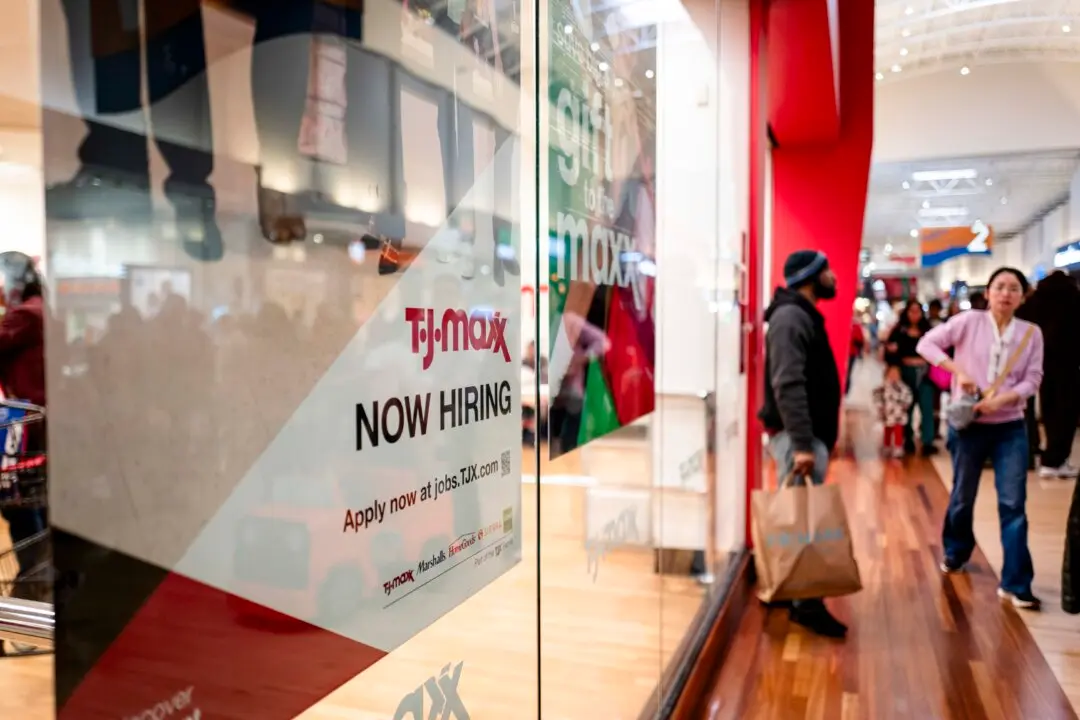The Federal Reserve failed to use the tools at its disposal and was late in responding to the banking crisis, according to Senate Republicans.
The U.S. Senate Banking, Housing, and Urban Affairs Committee held a hearing on Tuesday with Fed Vice Chair for Supervision Michael Barr, Federal Deposit Insurance Corporation (FDIC) Chair Martin Gruenberg, and Treasury Undersecretary for Domestic Finance Nellie Liang.
Republican lawmakers blamed federal regulators for allowing the failures of Silicon Valley Bank (SVB) and Signature Bank to occur in the first place, citing Barr’s testimony of spotting cracks in these financial institutions as early as 2021.
“Our regulators appear to have been asleep at the wheel,” said Sen. Tim Scott (R-S.C.).
Despite “signs of distress” that were apparent nearly two years before SVB’s downfall, according to Barr’s report, Scott asked federal regulators how they could—“with a straight face”—request additional authority.
Sen. John Kennedy (R-La.) probed the Fed official on the institution’s use of stress tests.
According to Barr, the central bank’s stress tests assess the health of banks in a climate of falling gross domestic product, an increase in unemployment, credit risk, and commercial real estate defaults.
SVB’s challenges were rising rates, so the bank would have passed the Fed’s stress test, purported Kennedy.
“But this wasn’t our problem,” Kennedy said. “The problem is inflation, high interest rates, and loss of value in government bonds. ... So you stress-tested in 2022 the wrong thing.”

“It’s like somebody going in for a test for COVID and getting a test for cholera,” he added.
In the end, the Fed knew well in advance that SVB had issues with holding too much of its money in interest-rate-risk government bonds, Kennedy noted.
Close to the end of 2021, supervisors discovered deficiencies in SVB’s liquidity risk management, which resulted in the central bank issuing six supervisory findings related to its contingency funding and liquidity stress testing and risk management.
In May 2022, Fed supervisors presented three additional findings related to “ineffective board oversight, risk management weaknesses, and the bank’s internal audit function.”
By last summer, supervisors trimmed the bank’s management rating to “fair” and downgraded SVB’s enterprise-wide governance and controls as “deficient-1.”
“These ratings mean that the bank was not ‘well managed’ and was subject to growth restrictions,” Barr told the Senate Committee hearing.
“In October 2022, supervisors met with the bank’s senior management to express concern with the bank’s interest rate risk profile and in November 2022, supervisors delivered a supervisory finding on interest rate risk management to the bank.”
In the weeks before the collapse of SVB, the staff published a report to the Fed Board of Governors on the effects of rising interest rates on 34 banks’ financial conditions and measures to address issues at these companies.
Did Trump’s 2018 Efforts Contribute to Failures?
In the fallout of SVB and Signature, many Democrats asserted that former President Donald Trump’s signing of the Economic Growth, Regulatory Relief, and Consumer Protection Act contributed to the second- and third-largest bank failures in U.S. history.The objective was to diminish regulatory burdens on small- and medium-size banks by raising the threshold from $50 billion to $250 billion that are considered too important to the financial system to fail.
“So, coming out of the 2008 crisis, Congress put tough banking rules in place. Now big banks hated them, and their CEOs lobbied hard to weaken those rules. Ultimately, Congress signed off, and then it got that really bad. Regulations burned down dozens of safeguards that were meant to stop banks,” said Sen. Elizabeth Warren (D-Mass.).
The committee witnesses agreed with the senator that the U.S. government needs to strengthen banking rules.
However, Senate Republicans contested that the issues surrounding SVB and Signature had nothing to do with the reforms to the landmark Dodd-Frank Act since there were already rules, standards, and safeguards in place.
The legislation was aimed at reversing a one-size-fits-all approach to the banking system and allowing the Fed to modify its regulations, according to Sen. Mike Crapo (R-Idaho).
“It mandates that the Federal Reserve ... differentiate among companies on an individual basis or by category, taking into consideration their capital structure, riskiness, complexity, financial activities, including financial activities of their subsidiaries, size, and any other risk-related factors that the Board of Governors deems appropriate,” the senator explained.
In addition, before its collapse, SVB was categorized under current capital rules as “well-capitalized,” Barr conceded.
Barr confirmed that he is spearheading a review to determine what was learned during this episode—from deposit runs to social media to concentrated business models.
“Deeply interrogating SVB’s failure and probing its broader implications is critical to our responsibility for upholding that mission,” Barr said.





